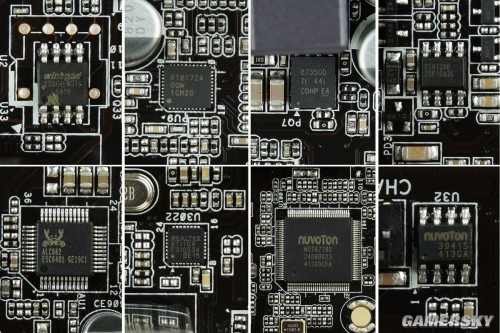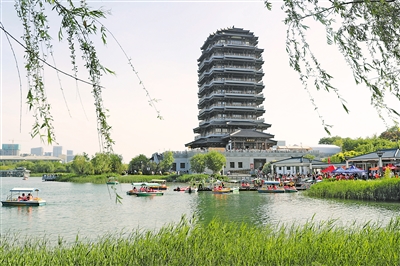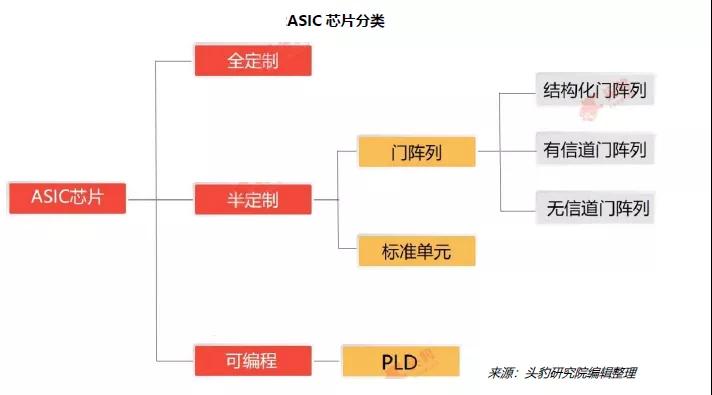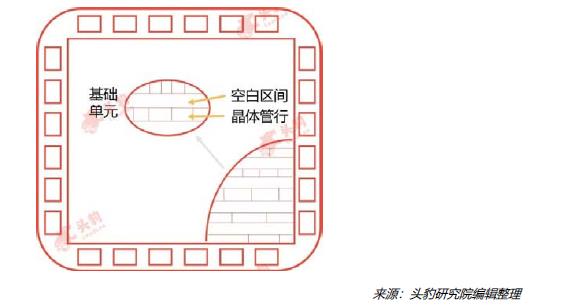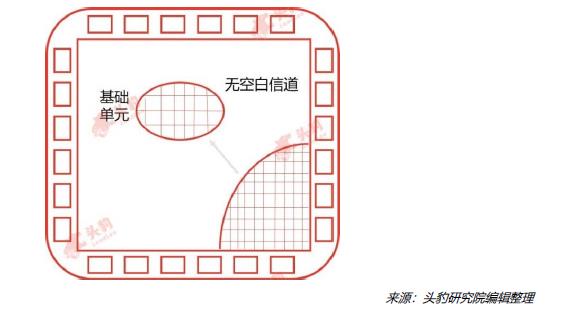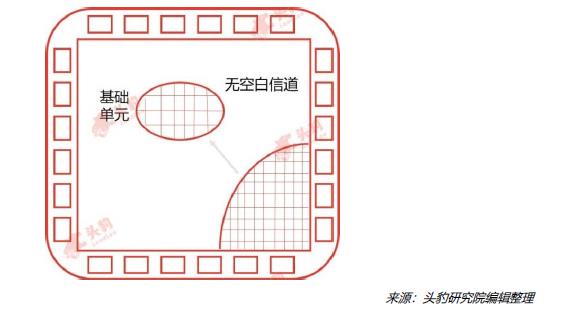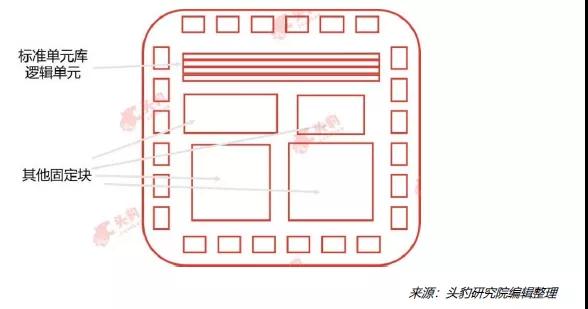
On November 25th, 2014, actor Qin Hao (left) attended the Shanghai media meeting of the film Massage. The Paper reporter Yong Kaitu
Qin Hao, who has been debuting for more than ten years, is probably not as well known as Mr. Qin in Weibo, Yi Nengjing. You can say that Qin Hao is a low-key, a literary man who walks on the edge of the entertainment circle in a free state and stubbornly keeps himself. Little slackers in Green Red, homosexuals in A Night Drunk with Spring Breeze, and nightclub dancers in chongqing blues … They are all one person, but they are not him. An actor has always been just a job for him. I hope that the audience will only remember the role itself and live their lives outside the camera. In fact, Qin Hao, who was nominated by Cannes for three times, never lacked topics, but his persistence and harshness in his bones made him have his own standards for scripts and roles, and even Lou Ye had to promise to exchange terms when he was invited to star in Massage.
At the 51st Golden Horse Awards, Lou Ye’s Massage won seven nominations and six awards, which made it the biggest winner. As a "royal actor" in Lou Ye, Qin Hao accepted an exclusive interview with a reporter from The Paper (www.thepaper.cn). He said that Sha Fuming is very much like myself, heterogeneous but self-righteous, with ideals but unavoidable vulgarity, struggling and compromising.
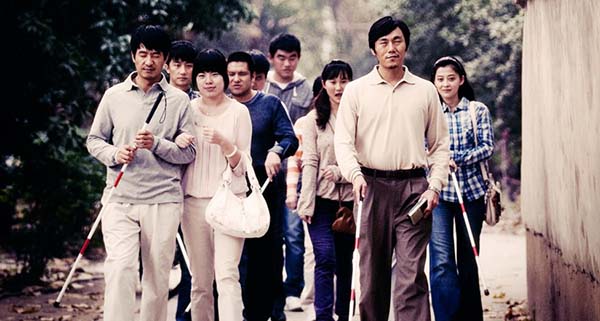
The stills of the movie Massage, on the right is Qin Hao.
Confident that standing in the blind can’t tell the truth from the false.
Finally, Lou Ye’s new film Tuina depicts a portrait of a group of blind people. The blind people in the play have their own "blindness", some are ferocious, some are dull, and some are no different from ordinary people. Among many blind people, Qin Hao’s blindness is the most impressive and tests his acting skills.
The blindness of the characters performed by Qin Hao is that the eyes are half open and half closed, and the whites of the eyes are slightly turned out, and the eyelids are always in a state of trembling. Because of blindness, and eager to perceive all the troubles in the outside world, Qin Hao’s expression and posture are always in an urgent state of "grabbing his ears" to listen.
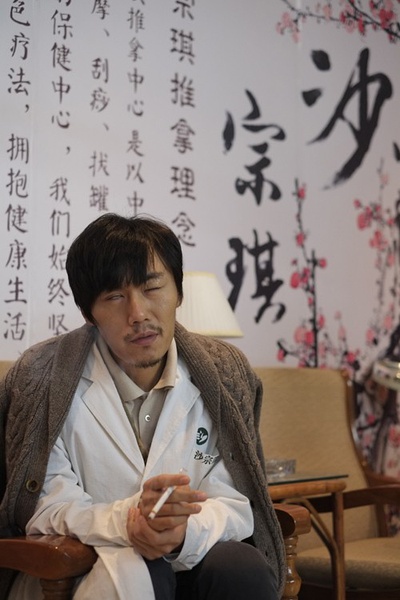
In the early years, when Qin Hao signed a contract with the gold medal agent Wang Jinghua, he made a condition: "As long as it is a film of Lou Ye and Wang Xiaoshuai, no matter whether there is money or not, you must go at any time." This time, when Lou Ye sent an invitation to Qin Hao, Qin Hao hesitated. Qin Hao said that he didn’t want to try the role that he might be "unable to handle" easily, saying that he couldn’t handle it, for one thing, because he hadn’t acted, and for another, he "saw too many failed cases".
In the process of preparation, Qin Hao himself found many pictures of blind people on the Internet and sent them to Lou Ye. He observed that "the muscles around the eyes of blind people are all dug in because of long-term atrophy." Qin Hao also personally went to some makeup artists to try special makeup, and went to the factory to order special contact lenses as close as possible to the natural muscle state of the blind.
With a large number of non-professional professional actors who are really blind, Qin Hao admits that this is the place where he is most stressed. "I have always told people that the ones who are most afraid of cooperation are real children, real old people, and extras. Because they are real, and I am acting. So when I was in this play, I set myself a high goal, that is, I was with these really blind people, and the audience couldn’t tell which one was blind and which one was a professional actor. "
Qin Hao experienced life in a school for the blind and learned massage techniques from a professional massage master. Living with the blind, he found that "people’s speech speed and sense of language are all different when they can’t see." So during that time, Qin Hao closed his eyes and chatted with people around him, feeling the speed and sense of language of the blind.
Back home from the school for the blind, Qin Hao also insisted on continuing to "experience life" blindfolded. The feeling of being helped at any time and not being sure about the whole world lasted for a day and a half. Qin Hao felt the psychological limit. "That kind of fear, frustration, patience and exhausted irritability are in it. That kind of thing is very complicated. I feel that people who can really accept this reality are stronger than ordinary people. "
Because it is a group play, the scenes are scattered and must be present, and the actors have spent quite a long time in the crew. Qin Hao said that his greatest motivation is to get along with blind actors and feel strength from them. In getting along with them, Qin Hao realized that treating them normally rather than taking good care of them is the greatest respect. "I get along with them may be different from some others. I don’t regard them as invisible people. In some places, they do show inconvenience and I won’t help them, because they can do it. I don’t want to put them in a place where I need to protect them. I think people are equal. "
Give the character a more humorous tragedy
In Massage, Qin Hao plays Sha Fuming, the boss of the blind massage center. He is a blind man who is proficient in poetry, speaks a foreign language and likes dancing. To say that he likes dancing, perhaps it should be said that he is sociable. His warm tone and confident expression tell the world that he doesn’t feel any different from others. He met people on blind dates, and Kan Kan talked about "starting classes" at the "tea party" where he met her parents. On the way, he cordially exchanged greetings with passers-by who passed by, as if he could see everyone around him. Until he heard every guest who came to the massage room praise Dr. Du Hong played by Mei Ting as "beautiful as a fairy", he finally said, "I have never felt sorry for myself since I was a child, but at this moment I feel sorry for myself. What is beauty?"
Qin Hao read the novel Tuina before he made a movie. Before he played the role of Sha Fuming, he had decided to give him more ambitions than the characters in the novel. Compared with the original work, Qin Hao’s Sha Fuming is more humorous, and this humor has an innate tragic temperament. "I told Lou Ye that if I were to play this role, I wanted to play Sha Fuming in my imagination. I wanted to give more play to this role by meeting many people who have the shadow of this character in my life, or some of my personal cognition. This is also one of my creative habits. I need more voice and control over my role. " This is also a quid pro quo for Qin Hao to agree to star in Tuina. Lou Ye promised him to "act as you like, and act as you like".
"His tragedy is that he thinks he is a great and optimistic person, but what others see is very sad." Qin Hao excavated the similarities between Sha Fuming and him as an ordinary person. However, he thought he was mainstream, had ideals but could not avoid vulgarity, and struggled and compromised.
Those years when I made a lot of money were a waste of time.
From "Green Red" to "Massage", Qin Hao is the favorite hero of the sixth generation directors, and his name has become a clear footnote of "literary films". Qin Hao has been a person who doesn’t want to waste time since he was in college. When he was in Chinese opera school, he always got the highest score in his class. When his classmates took the drama outside, he carefully prepared the teacher’s homework and made up an "excess" idea to distribute to those students who didn’t have time to prepare their homework because they took the drama outside. "At that time, my classmates called me’ Qin Yimou’ because I had the most fragments."

"chongqing blues" stills
Qin Hao told reporters that he was in the science experimental class of a key middle school in high school, and no one at home was engaged in performing arts. He just happened to watch TV and saw a special program of "Chinese Opera Homecoming" in his sophomore year, and he was deeply moved and embarked on the present road. "I don’t know this industry, but I know what my favorite actor is. I like Jiang Wen in furong town, so I watched Jiang Wen and Gong Li on TV at that time, and I realized that they had learned such a good performance from this school, so I applied for Chinese opera. "
Regarding the "label" of "the leading actor in literary films", Qin Hao said that it was not the result of a "choice". "I think it’s more that one aspect of your business is more recognized by everyone. In fact, I am an actor, taking seriously the tasks given to me by every film director and playing this role seriously. Some people like the appearance of "Mystery in a Floating City", while others like the appearance of "A Night Intoxicated by the Spring Breeze". Instead, this choice is in the hands of the audience, who will prefer what you show in a certain role. But for me, I am a so-called’ natural luminous body’. That is, whether you are there or not, I naturally shine there, but which part needs brighter light is the director’s request, and which part I like to see is the audience’s choice. "
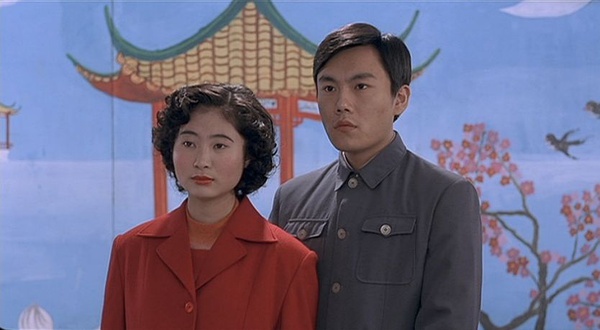
"Green Red" stills, Qin Hao on the right.
Before 2010, Qin Hao kept the work rhythm of one film a year, was critical of the script and only acted what he thought was worthwhile. From the young people in a small town in Green Red to the aloof comrade who exudes charm in A Night Intoxicated by Spring Breeze, the rebellious son in chongqing blues, who is called "the best actor in China" by many people in the industry, has been nominated by Cannes Film Award for three times. Now that Qin Hao thinks about it, the six years of "one year at a time" were the "happiest days" in his life. "Everything I did at that time was for myself. Looking back now, I have told many people that my happiest time is when I play one play a year. At that time, I didn’t earn much money, I wasn’t hungry, and then there was no pressure. I didn’t know how much others paid, nor did I know how much TV dramas paid. I just had a good time filming my things, and I was with these friends every day. Although I heard that a female classmate bought a bag for more than 2,000 yuan and thought it was so expensive, I didn’t care how much they earned. "
Qin Hao admitted that he had been anxious. "In my bones, my requirements for choosing movies are really strict, but when I really pick them up, I will find that they are not so strict. As I said in Weibo, part of character is’ persistence and compromise’. Many times, I took a lot of choices. I have to say that some of them are for my personal desires, some of them really like this role, some are really human, and some are even very small. For example, I want to learn guitar during this period, and I just need to play guitar in the play. "
Since 2010, Wang Jinghua, the agent, has taken over Qin Hao’s acting career. Qin Hao’s work is much more than before. In the first year, he made six movies, two TV series and various commercial activities, which also showed him what the so-called "circle" looks like. Qin Hao recalled to reporters, "In those two years, I found that I made a lot of money than before, but none of my works were satisfactory. I felt that I was wasting my time. I knew what I was doing before, and I knew that the level of what I made was there. However, these things that I made in order to earn money were not up to standard, and I couldn’t get them myself. Just to earn more money, I was tired enough. I almost didn’t know who I was, so I followed the wave and I felt very lost. "
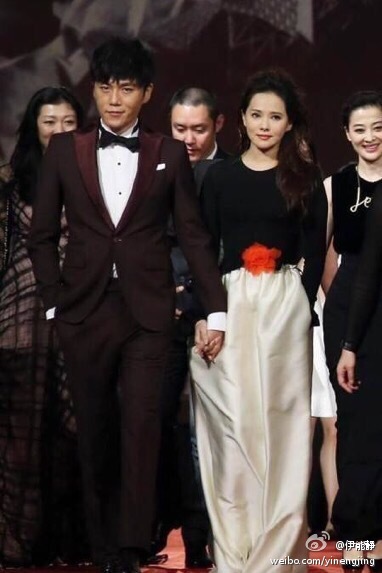
Qin Hao and Yi Nengjing walked hand in hand across the red carpet of the Golden Horse Awards.
"Mr. Qin": "It turns out that a relationship can be popular."
In the last six months, Qin Hao’s exposure has obviously increased, not because of Tuina, but because of her love affair with Yi Nengjing, a female artist in Taiwan Province. Yi Nengjing likes "basking in happiness", and Weibo always praises her "Mr. Qin" with love, and how to bring her full of "positive energy". The 10-year-old age gap, the exposure as a star and the price gap have attracted a lot of attention and controversy for this "newcomer".
Talking about his feelings, Qin Hao is also very open and aboveboard. Compared with Yi Nengjing’s sweet description of his rescue of her and embarrassing occasions, Qin Hao only smiled faintly. "You can’t pretend at this point. The goodwill at that time was the goodwill of appearance. I know that she is a Taiwan Province artist, but I don’t understand many other aspects. " So at first, Qin Hao didn’t know that Yi Nengjing was so much older than himself, while Yi Nengjing regarded Qin Hao as a "good comrade friend" because of his deeply rooted gay role in "A Night Intoxicated by Spring Breeze". When the distance is getting closer, the two will also have friction caused by regional and cultural differences. "I’m from the northeast. Sometimes when I speak in the way I’m used to, she will think I’m scolding her."
Despite the friction, the low-key actor proposed to the high-profile "Queen Weibo". Qin Hao said that it was not romantic for him, but that Yi Nengjing had said that he had not been proposed before. "Similarly, on the issue of" being basked in happiness ",Qin Hao didn’t agree, but also said that it was to respect each other’s personality. "I think the happiest thing for two people together is not to restrain each other. She has her personality, and she likes to express it, because she likes to express that she can write books and has other talents. I don’t think I need to hinder or adjust these. I am really the object of her expression, and she has the right! Although sometimes I have a thought in my heart that it is necessary to write, I think about it later. It is not necessary for you in Qin Hao to write. It is necessary for others to write. People are different, but I think we must maintain each other’s personality. "
Speaking of my job as an actor, there are also many good works that can be taken, but not because the works are familiar. Qin Hao once thought it was "a bit absurd". But now, he said, "this strength has passed." It’s just that he is indignant. "I went to Cannes three times, and I didn’t make headlines to represent China’s movies in grand scenes, but I was always reported because of personal feelings. I don’t talk about right or wrong. This is the loss of culture and I don’t blame anything." Qin Hao joked that one day an interviewed reporter said that he and Yi Nengjing made headlines again, and he asked the other party, "Is that me?" "So this is called red. I always thought that I made a movie and went to Cannes to be called red! I’m sorry, how many people in the world can make such a movie and make people so moved? It turns out that you told me that a relationship can be popular, so I get it. It can’t be absurd, just like some things are not black and white. This is the world, but I must know black and white in my heart and know who I am. "
 Guide to Patent Examination (2010).pdf
Guide to Patent Examination (2010).pdf


